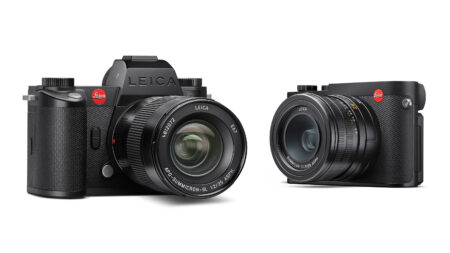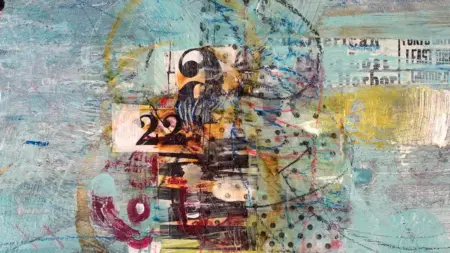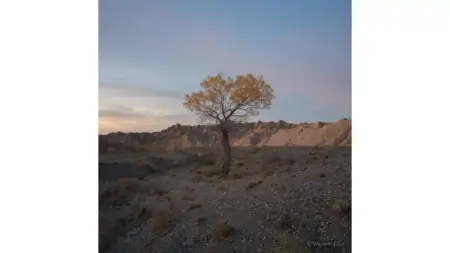Street photography is one of the most prominent genres in the medium. Throughout the years, it has been praised and highlighted for its unique ability to showcase different sides of life in a way that allows us to view routines and cultures different from ours. Photographers like Cartier-Bresson and Jill Freedman redefined what street photography could be, paving the way for decades to come.
In more recent times, photographers like Boogie and Bruce Gilden have incorporated other techniques like portraiture to show the world an alternative and somewhat grittier side to street photography, documenting people on the fringe of society and again showing a reality different from our own.
A key area of street photography is candid photography, which involves capturing often unplanned and spontaneous bursts of life in a process that Cartier-Bresson would describe as the ‘decisive moment’ – his signature shooting technique involved finding a distinctive urban setting, and waiting for the public to move in their usual kinetic fashion in a way that would be interesting to photograph. Elements like the shape of a crowd, or the way natural light moved around these subjects. It could also be described as capturing a ‘fleeting moment’ that tells a story, like a stray dog running after a cat, or a group of people arguing on the street.
What makes a great street shot?
Naturally then, this begs the question – what exactly makes a great street shot? Well, while previously mentioned elements like light and shape will play a key role in determining the distinctiveness of your street shot, try to find an interesting location that would make your image stand out. A spiralling staircase or distant skyscraper can do wonders for communicating a sense of place to the viewer.
Other street photography tips include the use of motion blur – this is a technique that can occur naturally when shooting in a fast-moving environment like the city. This is also a great opportunity to experiment with different shutter speeds – a faster speed will allow you to capture sharper images of fast-moving subjects like cars and crowds, while a lower speed will provide more motion blur which can convey a sense of speed. Furthermore, there is arguably no element as important in a street shot as the use of colour, and a recurring theme with the aforementioned photographers (minus Gilden) is their aversion to it.
Of course, during the early days of Cartier-Bresson’s work colour film was not yet readily available. But when it did become financially viable in later decades, it is rather telling that he chose to continue shooting on black and white film, and it is this approach that even modern photographers like Boogie and Lee Jeffries have taken to ensure that their images stand out. The fact remains – an image without colour isn’t just a more timeless one, it is deeply ingrained into the fabric and DNA of street photography itself, so it makes perfect sense that many have continued to adopt this process.
Ethical shooting in public spaces
It’s no secret that a crucial part of street photography’s identity is its ethical implications. While many street photographers like Boogie and David Alan Harvey are known for immersing themselves within the world of their subjects, some believe that their work crosses ethical boundaries in the sense that their lives are put on display for all to see. Of course, there is perhaps less of an argument to be made in their case as both are known to be very respectful to their subjects, but it is of the upmost importance that photographers take ethical considerations into account.
Today, there are more street photographers than ever – in the age of social media, shutters click and dials whirl. In fact, many of us may have unwittingly been captured by fellow photographers in busy cities at one time or another, but there is a legal framework to this. If you are shooting in a public space, you are well within your rights to snap away – but that right diminishes somewhat if you decide to deliberately invade someone’s personal space and point a camera directly in front of their face without first obtaining consent.
In the modern world of photography, your image could potentially go viral overnight, so keep this in mind when you photograph the public from a closer distance. This is especially important if you plan to photograph vulnerable people who are prone to exploitation such as the homeless. For example, it is very clear in Lee Jeffries case that the homeless subjects he shoots are very comfortable having their picture taken, but that would not be the case had he not first established a basic dialogue and rapport with them.
Best street cameras for 2025
With this in mind, what are the best cameras for street photography in 2025? In the current market, the average consumer is spoilt for choice, and this is especially true of street photography, given that countless photographers have demonstrated that it is a genre that can thrive on both film and digital. Even pre-owned digital cameras like the Nikon COOLPIX S3000 from 2010 have seen a resurgence on social media and are available for pocket change prices. But if you were looking to produce sharper, more professional images, then the Ricoh GR IIIx and the Fujifilm X100VI are two great options.
The GR IIIx for example, has a 24-megapixel APS-C sensor and a 40mm equivalent f/2.8 lens, delivering sharp images while maintaining strong portability. It is particularly desirable for its lightweight and travel-friendly frame. On the other hand, the X100VI boasts a very impressive 40-megapixel sensor and even has in-body image stabilisation, which is particularly useful for capturing bustling crowds and commuters. Either option will serve you well, though Ricoh’s offering wins on price – the IIIx is available for £999, while Fujifilm’s VI demands £1,599.
In conclusion, street photography is a form that allows us to observe the pulse and heartbeat of the modern world, where movement and routine are essential parts of our lives and where time can only be preserved in the form of an image.





Leave a Reply
You must be logged in to post a comment.